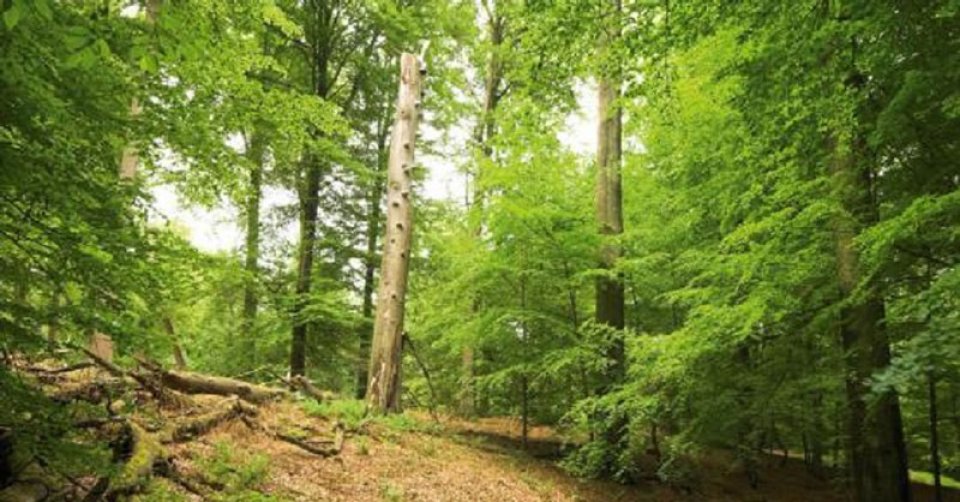
Forests in Flanders are scattered and mostly small, and generally low on biodiversity supporting structures. Habitat restoration targets improvements to increase biodiversity protection and biodiversity potential in the forests. Restoration is particularly focused on improving habitat conditions for species that can be hunted, leading to potentially bigger population of specific game species, and functioning as an umbrella (improving habitats for other, rarer endangered species).
Regulations and practices already exist, notably subsidies for environmentally-friendly practices in forestry. Recent legislation introduced an option to develop and implement land use management plans targeting several Ecosystem Services (ES).
This case study from the SINCERE project had the goal to:
- Test reverse auctions as a way to fund and stimulate the generation of much-needed forest ecosystem services (FES) - wildlife population control, habitat restoration in forested hunted areas - and as alternative to subsidy schemes in a populous and urbanised area.
- Test if approach leads to more cost-efficient use of limited financial resources and supports initiatives considered important to relevant stakeholders and society as a whole.
- The innovative mechanism (IM) is to create shooting strips on corn fields next to forest edges to heighten the visibility of wild boar for hunters and reduce damage to crops.
The wild boar reverse auction was implemented as a first rejected price auction where the hunters and landowners (farmers) were asked to coordinate joint offers for setting up buffer-strips on agricultural land along forests that would be used to regulate the boar populations through hunting and would hence reduce damages to crops.
Too few bids were received to be able to select any for contracting, as competition was considered too low to live up to current regulation on potential over-compensation.
Transaction costs of setting up and running the innovative mechanism (IM) have been large compared to the impact of the potential contracts if signed and implemented.
No outcomes were achieved due to the insufficient number of bids offered. The targeted outcomes were buffer strips on agricultural land between forest and cropland, which could enhance options to shoot wild boars crossing this divide.
This instrument was particularly complex in that it required coordination between at least the farmer farming the land, the owner of the land (if not the same as farmer), and the hunters; and potentially also nearby forest owner(s). Uncertainty of benefits (apart from the payment) may also have played a role in the low participation rate. This case included considerably more interaction and related higher transactions and the instrument also looked very different from the existing flat rate schemes.
There are no specific measurable impacts due to the failure to attract sufficient bids to implement this mechanism. Nevertheless, it is important to document this failed pilot case as it provides interesting lessons for others (see below).
National geographical upscaling: The innovation mechanism (IM) only targeted a limited area in Flanders where data showed evidence of wild boar presence. While it failed in the test case, the underlying idea is fundamentally sound: while upscaling the current design to larger areas in Flanders or Belgium is probably unfeasible, it is not impossible that a revised instrument could be more successful. With a permanent and closely linked funding instrument, it might be worthwhile to pursue.
Upscaling in scope: This IM attempts to resolve a coordination issue within wildlife management that has many parallels elsewhere. There are significant challenges with the management of red deer in mixed forest and agricultural landscape in some places in Europe, and along migration routes, similarly there are problems with large geese populations. Coordination measures for watershed management also require coordination across agents, and again, one could envision this to happen where groups of actors compete with other groups of actors on providing cost effective measures. The lesson learned from this case is that such IMs need to consider if and how transaction costs can be reduced through design.
Upscaling to other countries: In many EU countries, regulatory frameworks allow landowners to be paid via conditional environmental protection subsidies, e.g. CAP. National regulations permitting, the basis for upscaling should be in place. Variations in ecological contexts, forest ownership and forest regulatory frameworks across countries may limit relevant forest ecosystem services (FES) supply, and if regulations already require high levels of biodiversity protection on public and/or private land, options for additional gains are reduced. The greatest potential for upscaling may be in countries where two conditions are fulfilled: i) current regulations allow forest owners to decide on management, and ii) private forest owners own a non-trivial part of biologically valuable forestland.
